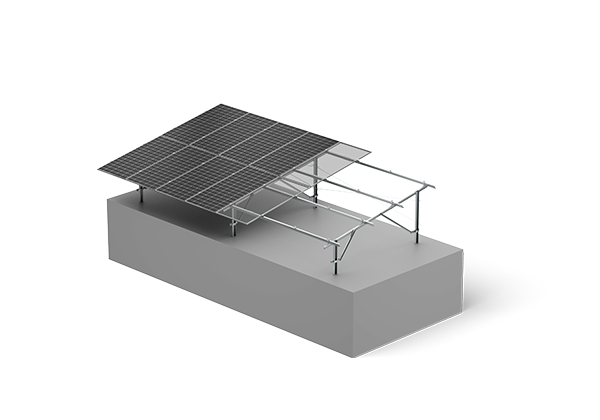When planning for ground mount solar installations, various site selection criteria play a crucial role in ensuring project success. Understanding these factors can help maximize energy production and optimize system performance.
Land Orientation for Ground Mount Solar
The orientation of the land is a critical factor in ground mount solar systems. Ideally, solar panels should face south in the Northern Hemisphere to capture maximum sunlight throughout the day. Additionally, the slope of the land can impact energy efficiency; a slight tilt can enhance sunlight exposure. It’s essential to evaluate potential shading from trees, buildings, or other obstructions that could diminish solar output. Proper land orientation not only boosts energy generation but also extends the lifespan of the ground mount solar installation.
Soil Type for Ground Mount Solar Installations
Soil type is another vital consideration when selecting a site for ground mount solar. The stability and bearing capacity of the soil directly affect the structural integrity of the mounting systems. Sandy soils may require different anchoring solutions compared to clay or rocky soils. Conducting geotechnical assessments can identify soil characteristics and inform decisions regarding foundation design. A thorough understanding of soil conditions helps ensure that the ground mount solar installation can withstand environmental stresses over time, enhancing its reliability and performance.
Conclusion
In conclusion, Antaisolar believes in the power of concentration, focusing on creating high-performance ground mount solar systems that are reliable and cost-effective. With a legacy of innovation since 2006, they remain dedicated to providing exceptional end-to-end solutions for ground solar mounting projects worldwide.
